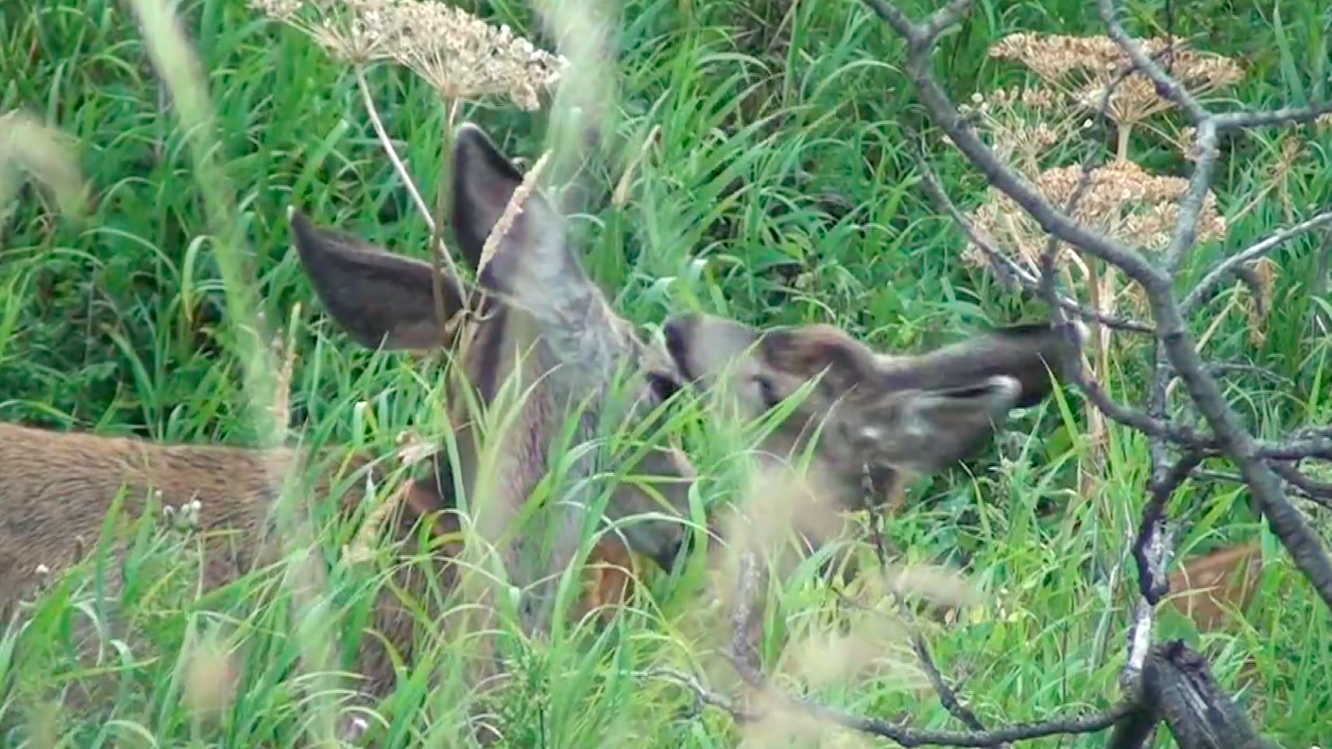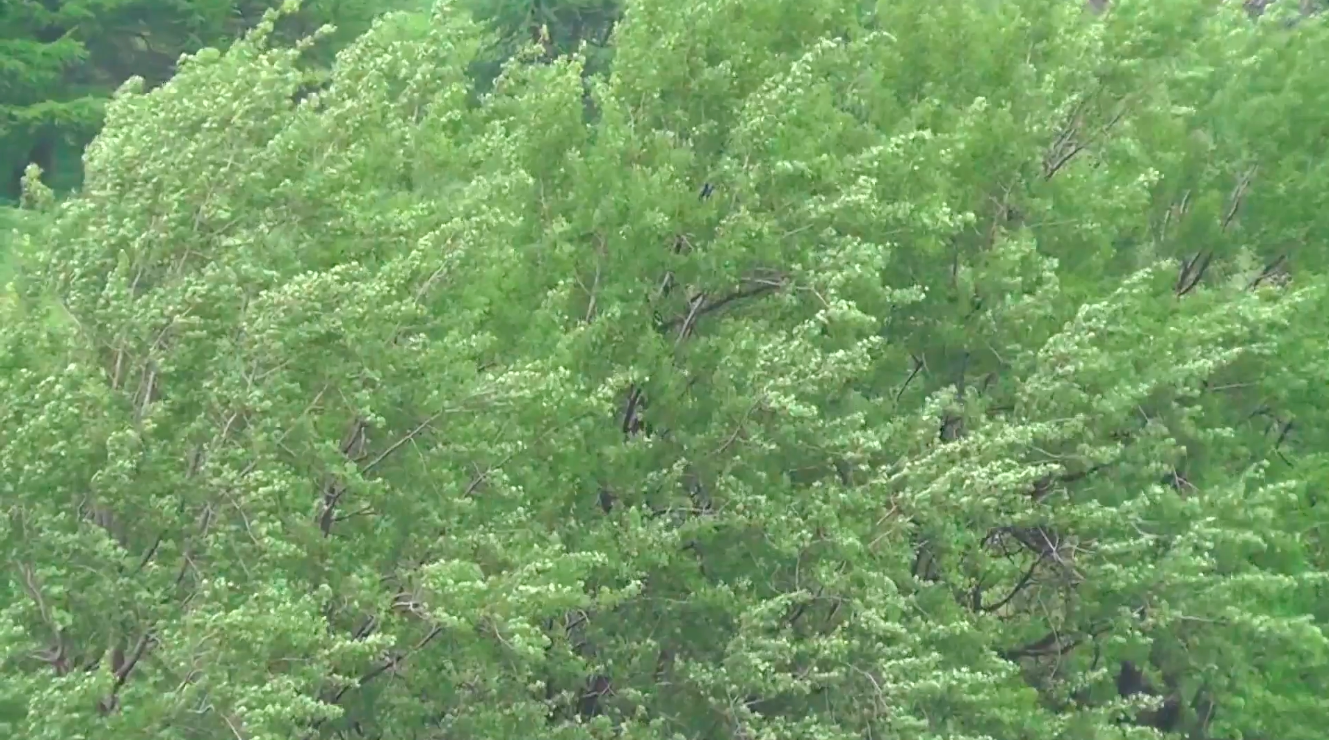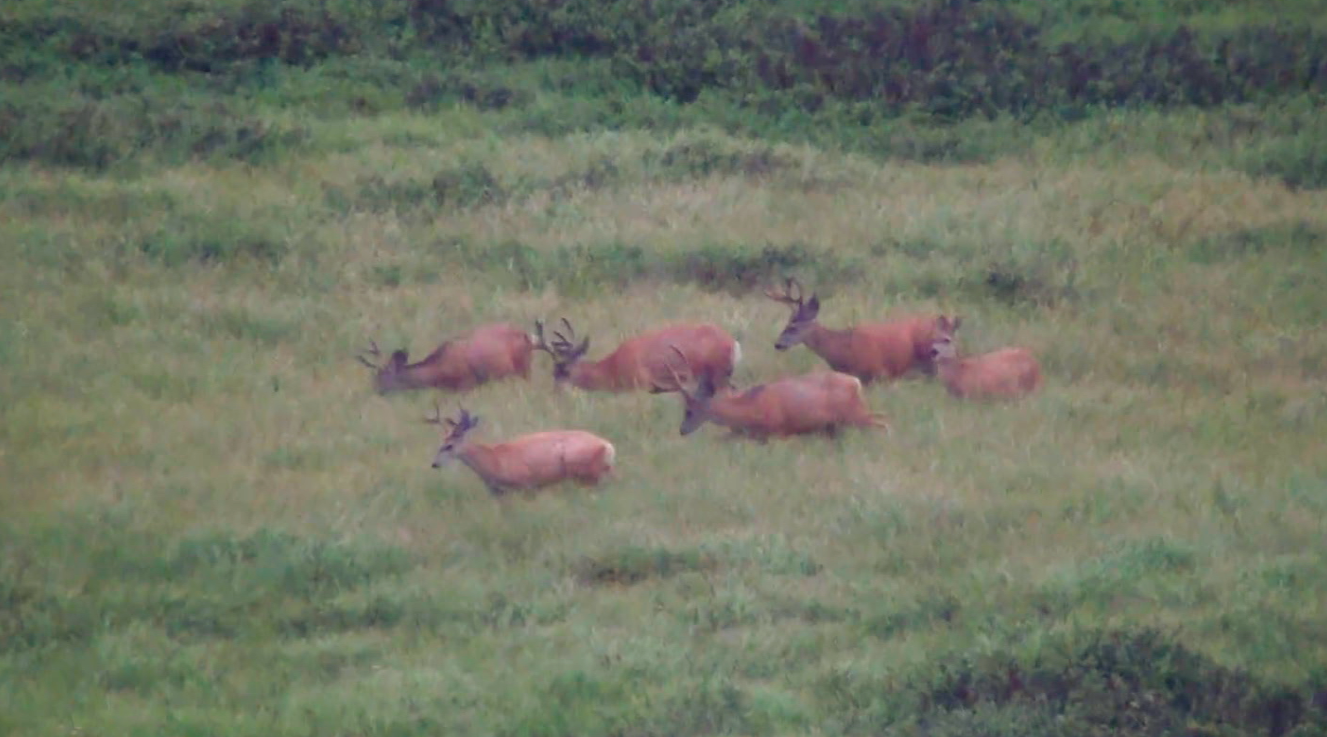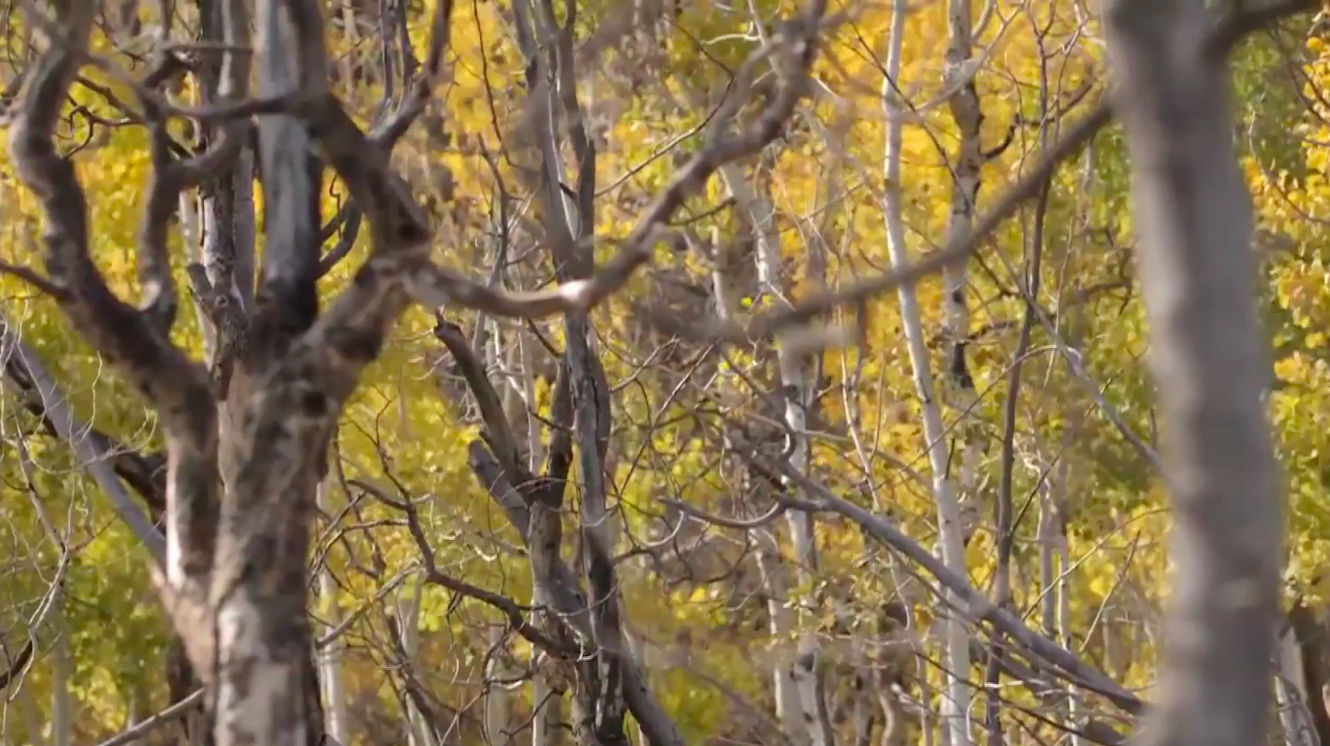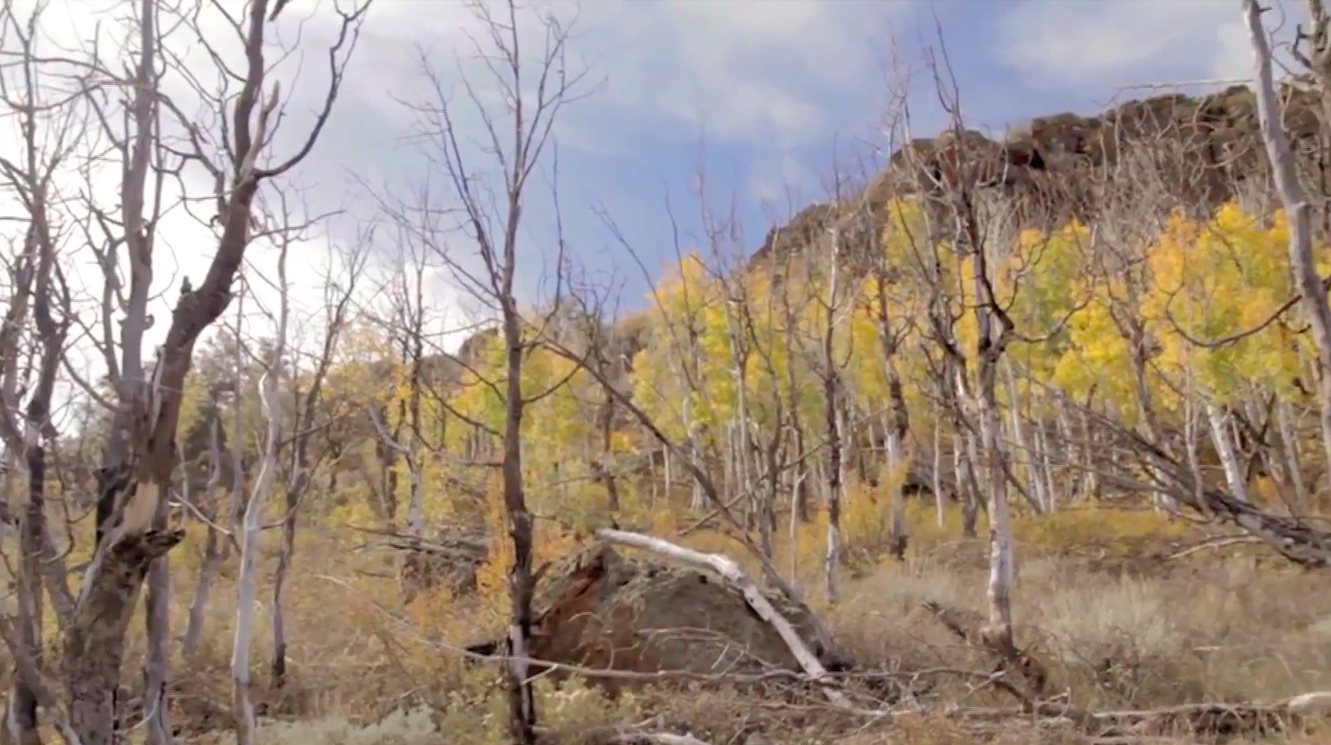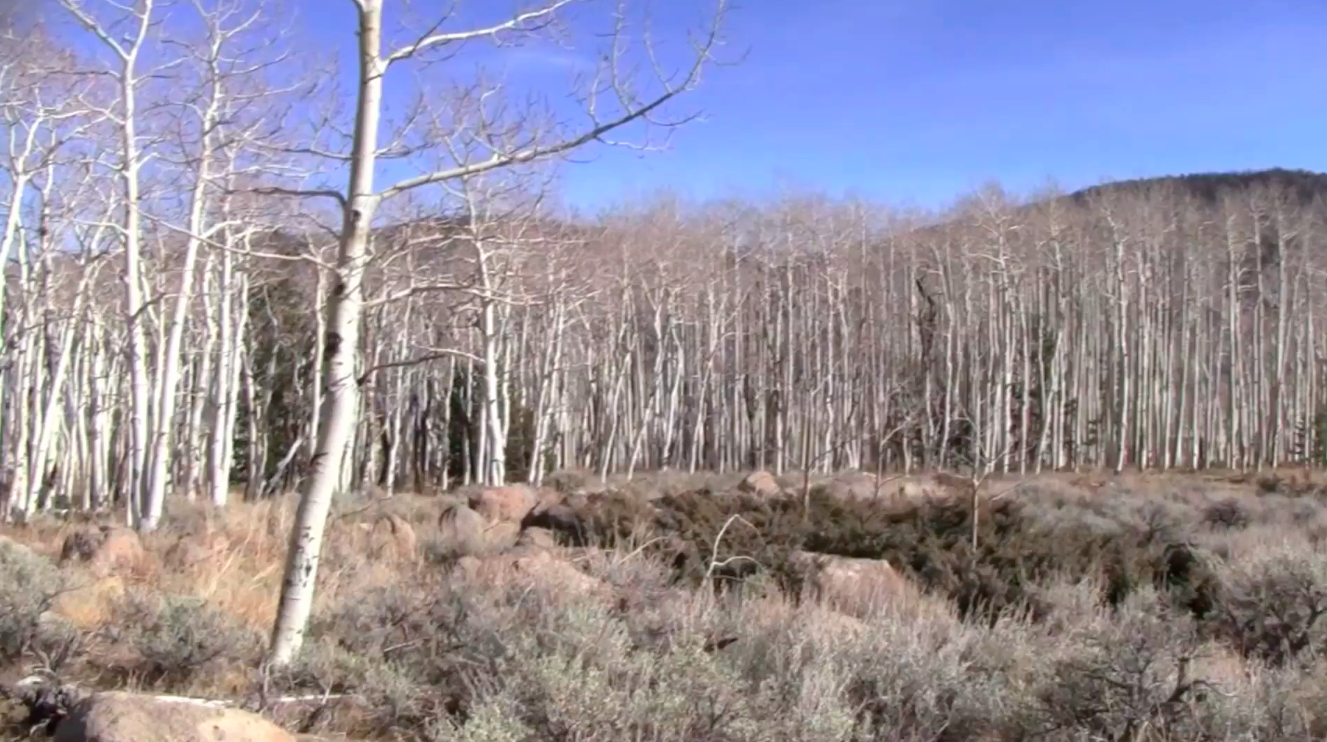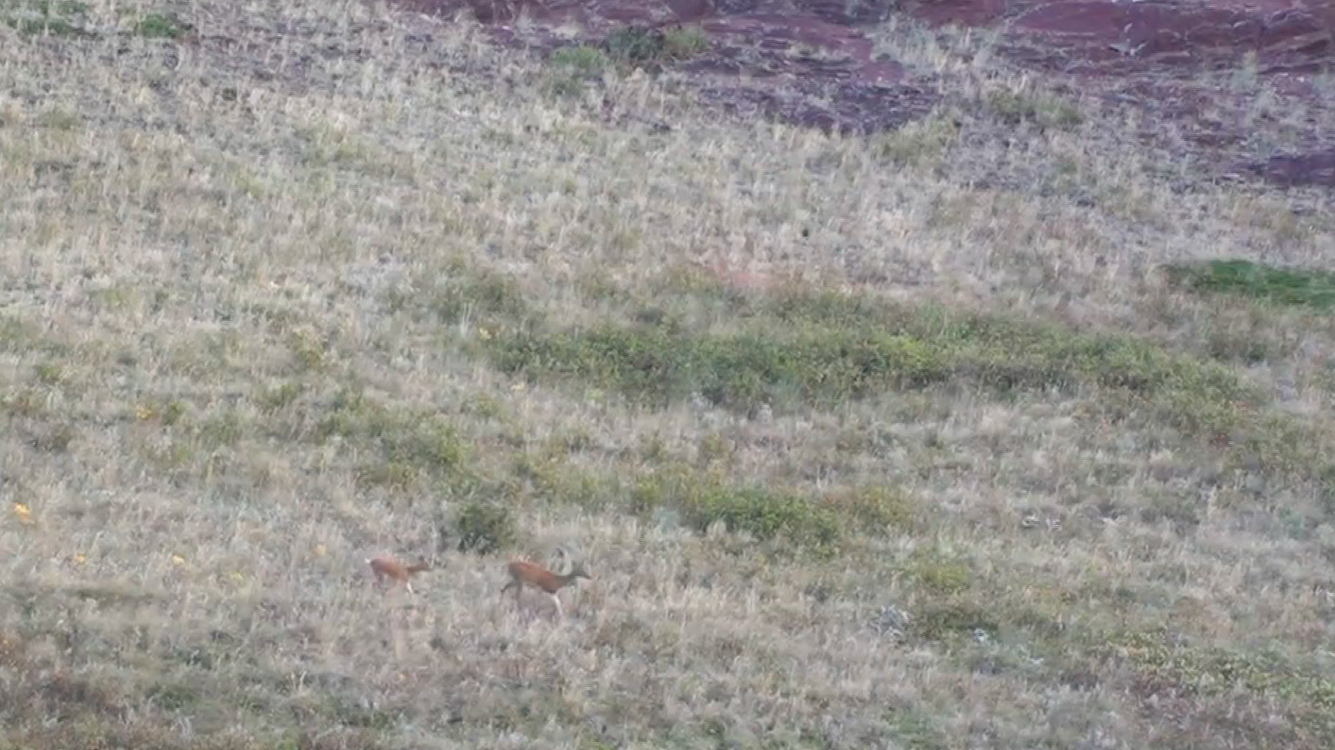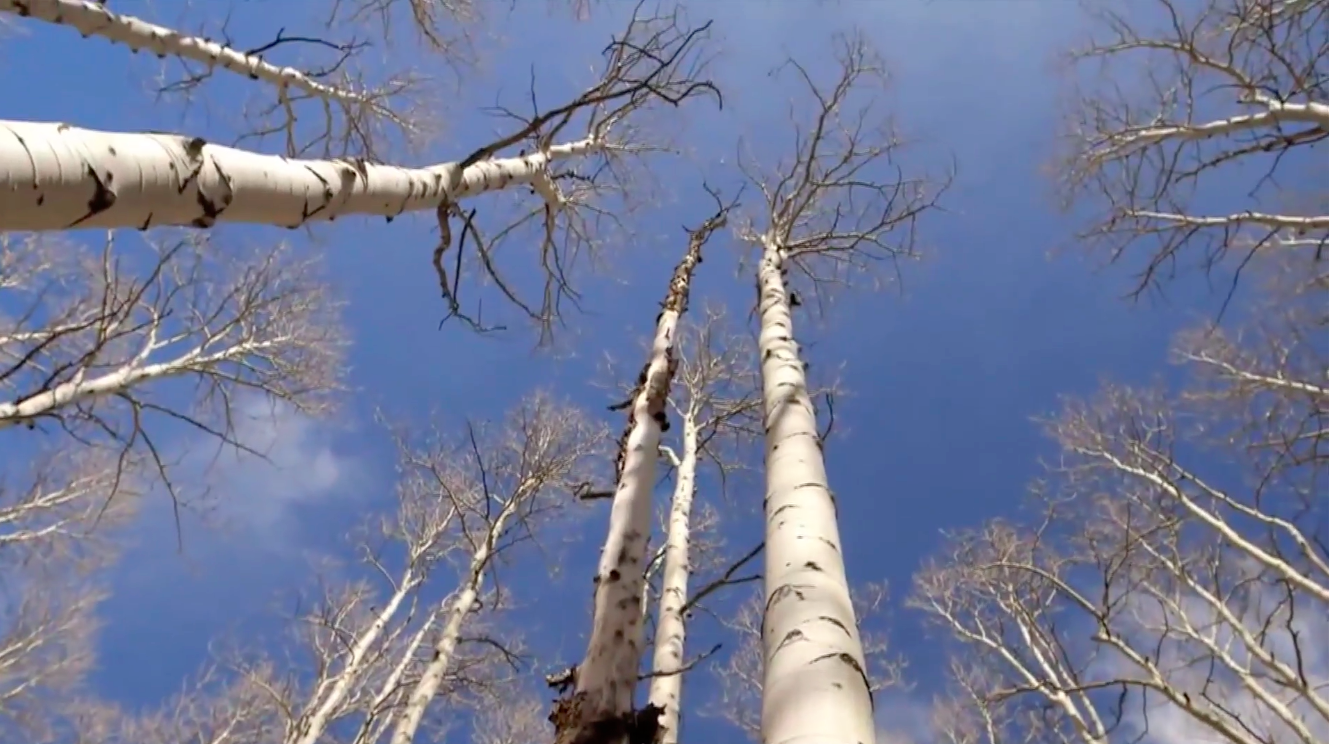Forest (in) Balance
2014 | Dual Channel, 1080p HD Video | Color | 5.1 Surround Sound Audio | Fish Lake, Utah | 00:15:04
Dual channel video installation/experimental documentary video artwork, this project was developed in partnership with the University of Utah, USFW ecologists, and plant geneticists, and explores the shifting dynamics between mule deer populations and quaking aspen trees in Utah's Fish Lake National Forest.
Fish Lake, Utah is home to Pando, possibly the heaviest living organism on Earth. Pando is a single male quaking aspen existing as a "clonal colony," which is a grove of seemingly separate trees that are actually stems from the same massive single root system. Pando is estimated to be around ~80,000 years old based on genetic sampling, measured colony size, and estimated growth rates for the region. The tree's many stems die back and regrow, spreading over a process that takes centuries upon centuries. In the past 50 years, however, the grove, like many other massive quaking aspen groves in the region, has slowed in grow-back and in some areas has stopped regrowing completely. Although absolute reasons are uncertain, ecologists theorize that a combination of global warming and unchecked mule deer populations are to blame. The deer's natural predators were killed off by people many years ago, and they are now eating new growth faster than the colonies can regrow. Though this project was initially conceptualized as a meditation on timelessness, it soon became a startling reminder of impermanence.
The installation consists of video interplay of the deer and the aspen, with media initiated by generative sound and field recordings. In the interactive version of this project, ultrasonic sensors in the space, along with Max/Jitter patch, cue changes in the video and sonic content. When visitors attempt to approach (interfere) with the space, the deer scatter. Audio field recordings of the forest are intercut with interviews from a mix of scientists and residents of the Fish Lake region.

